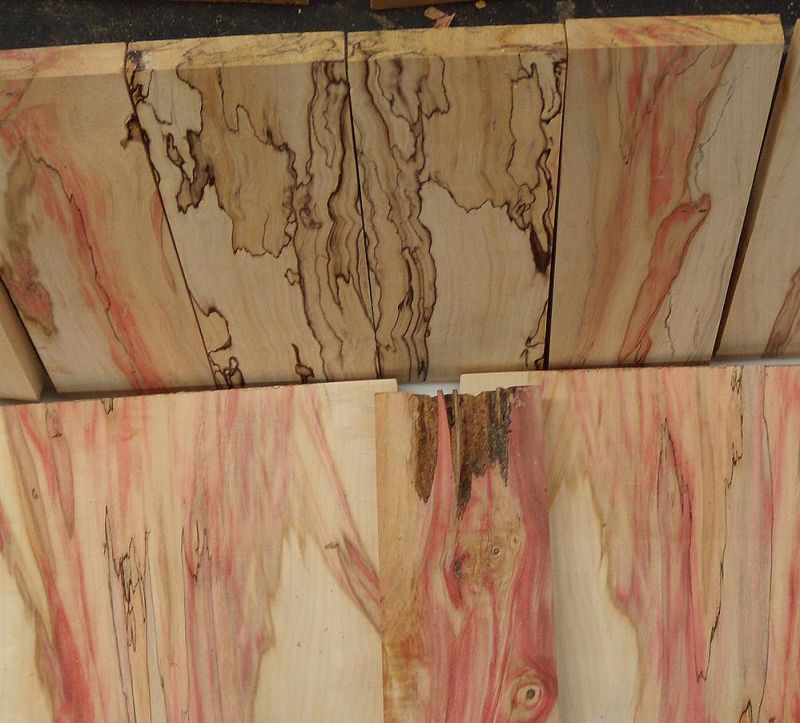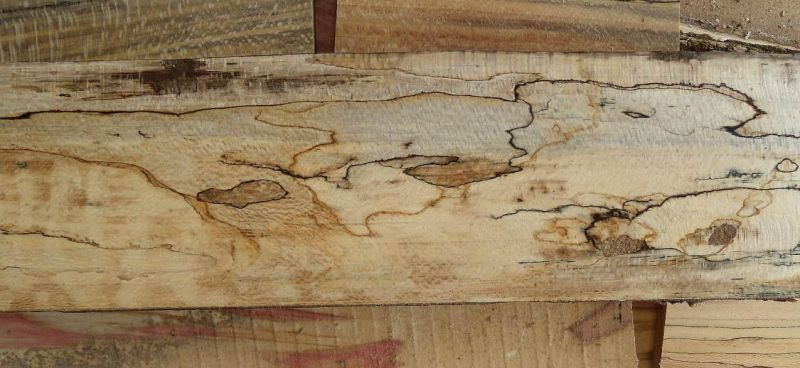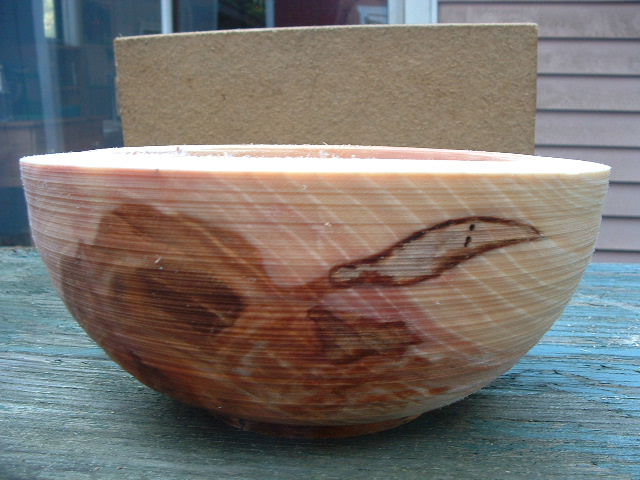Question
A construction company near me putting in a new bridge gave me 3 sycamore saw logs, l0' long; largest is 42" and smallest is 32". I have a Norwood and can only saw something around 24", so if I saw them, I'll have to chainsaw rip and split them and quartersaw the half beasts, which I understand is the best way to deal with sycamore's wayward reaction wood. Or I pay someone with a Wood-Mizer who can saw 36" stuff. My quandary, besides the money issue for outsourcing the sawing, is this - would it be worthwhile to try and get some 36-32" slabs? Will they just go wonky anyway? Is there a market for big booger slabs like this? Or is it just better to bring them home and gnaw at them (cutting oversize for their wild and wonderful nature)?
Forum Responses
(Sawing and Drying Forum)
From contributor Y:
Quarter them with your chainsaw, then saw 'em up on your mill. You could make big slabs, but I doubt anyone would really want them.



Perhaps your log was let lay in the sun for an extended period of time? I never let logs lay in the sun very long if I can help it. Even then throw a weighted tin over it. Avoid tarps - they trap moisture and do not allow air flow - perfect recipe for mold/mildew growth.
Even still, some species including sycamore can and do get surface checks along the weakest areas along the grain. With a lot of twist in a tree, checks seem to be a bigger problem. However, the surface checks in the sycamore I spalt have never been a big enough problem to dramatically increase the waste.
Waste in sycamore is inherently high since most who cut it, quarter saw it. There are uses for non spalted plain sawn sycamore though, and I think Koppers accepts them for ties (?). I said earlier to use a tin to cover the logs and not a tarp, however tarps may be used to spalt the logs as long as you throw a bunch of leaves in around the logs. I do not use this method to spalt my logs, however, as I have found a much better method from several years of reading and finally coming up with my own.
Sycamore is overlooked by many sawyers, and just plain avoided by most others because they have easier-money species without the headaches. It does have quite a few undesirable characteristics, however, which is why you do not see it used widespread. But for niche markets and high-end woodworking it is known and sought after. I have developed a love affair with it only because I accept the weaknesses inherent in the species, and also have learned how to process it efficiently enough to get my asking prices for the various ways I sell it. Of course that must be the primary consideration with any species you log, saw, process, and market.
From contributor S:
I sawed a pickup truck load of sycamore turning blocks today - I was willing to drive to the next county over for it, I like it that much. Also got some black walnut, so all in all, it was a good afternoon.
From contributor S:
Turned a sycamore bowl today - discovered that the wood I gathered yesterday is ambrosia sycamore. Never saw that before - anyone ever run across that? I just jammed yesterday's blocks under the woodpile - not a surefire way to spalt, but something will happen.

Click here for higher quality, full size image
From contributor B:
Last year or maybe it was the year before, I was sawing out 5/4 poplar and one pile of about 200BF got neglected; that is I left it stacked without stickers for several weeks. The result was the boards had begun to spalt, and some needed to be pried apart. Once they where stickered the spalting halted and the drying began. I made them into a countertop.